Green Building Guidelines for Water Conservation: Crafting Sustainable Homes in India

India is facing a severe water crisis. With only 4% of the world's renewable water resources and 18% of its population, water demand far outstrips supply. Compounding this is the spectre of climate change, threatening weather patterns and water availability even further.
Sustainable architecture and green building guidelines offer solutions to curb excessive water usage. By incorporating water conservation features into building design, we can reduce the water footprint of homes and create resilient, future-ready dwellings.
This article delves into the key green building guidelines in India regarding water usage in the residential sector. We explore innovative technologies and design principles crafted especially for Indian homes to make them bastions of water efficiency. Local, and regional building codes and case studies reinforce context-specific measures for sensible water budgeting.
The Imperative of Water Conservation in Green Buildings
The commercial and residential building sectors account for 48% of India's annual water withdrawals. This underscores the need for urgent adoption of water conservation technologies within construction.
Sustainable homes curtail excess water demand through:
- Water recycling systems
- Efficient plumbing fixtures
- Rainwater harvesting
- Drought-resistant landscaping
- Conscious material selection
As per estimates, integrating such water management interventions can reduce home water usage by up to 30%. This offers substantial water savings alongside cost benefits for homeowners.
Municipal corporations also incentivise water-efficient green buildings through faster plan approvals and discounted utility bills. Hence, adopting green building water conservation (WC) mandates makes for smarter, future-ready homes.
Understanding IGBC's Water Conservation (WC) Mandates
The Indian Green Building Council (IGBC) has defined comprehensive green building guidelines in India. These include mandatory criteria and credit points for optimising water use in residential projects.
To attain IGBC Green Homes certification, all projects must fulfil the 6 essential WC prerequisites:
- Reduce landscape water demand by at least 50% via native plants or drip irrigation
- Install water-efficient plumbing fixtures (mandatory limits defined)
- Reuse greywater/treat sewage onsite to reduce water demand
- Design systems to reuse rainwater and AC condensate
- Sub-meter water usage for various sections
- Demonstrate at least 20% reduction in project water demand
 Beyond this, advanced water technologies can garner additional credit points too. For instance, projects able to demonstrate 40% reduced domestic water demand get extra recognition.
Beyond this, advanced water technologies can garner additional credit points too. For instance, projects able to demonstrate 40% reduced domestic water demand get extra recognition.
Innovative Strategies for Water Conservation in Home Design
While IGBC guidelines serve as an excellent starting point, one can deploy several other technical strategies, too, for maximising water savings.
Rainwater Harvesting – A Key to Sustainability
Rainwater harvesting should be an essential feature in sustainable homes, especially given India's monsoons. Systems for rainwater collection can be:
- Open (e.g. ponds)
- Closed (e.g. tanks)
Water collected can fulfil demands for:
- Flushing
- External cleaning
- Groundwater recharge
Home rainwater harvesting units typically comprise of :
- Catchment areas
- Transportation system
- Filtration
- Storage tank
They represent one of India's most cost-effective solutions for residential water security .
Implementing Efficient Plumbing Systems
In addition to rainwater systems, integrating fixtures for low-flow usage minimises potable water demands. These include:
- Low-flow Showerheads: Restrict water flow to 6-8 litres per minute.
- Low-flush Toilets: Use only 4-6 litres per flush. Dual-flush variants allow even more savings.
- Tap Aerators: Introduce air into the water flow to maintain a "feeling" of higher flow rates while reducing actual water volumes used.
- Pressure Reducing Valves (PRVs): Regulate building water pressure between 3-4 bars, minimising water wastage due to leaks.
Such water-efficient technologies demonstrate substantial long-term water savings with added cost benefits.
Advancing with Greywater Reuse Systems
Greywater comprises clean wastewater from bathroom sinks, showers, and washing machines. Instead of discharge, this can be reused for flushing or landscaping.
Key considerations for residential greywater reuse :
- Install separate plumbing for greywater collection from respective sources
- Route collected greywater to a treatment facility (e.g. planted gravel wetlands)
- Use treated greywater as a source for flushing/landscape irrigation
Private homes can reduce water demand by up to 30% using greywater.
Aligning Water Conservation with Sustainable Architecture
Water usage cannot be viewed in isolation. Instead, it interlinks with a home's overall ecological footprint - from material selection to landscaping. Sustainable architectural design is key to minimising water budgets holistically.
Reducing Water Footprint with Smart Building Materials
Construction materials production accounts for 11% of global water usage. Specifying less water-intensive materials is paramount.
- AAC blocks vs Clay bricks: Making fly-ash-based AAC blocks uses up to 8 times less water than traditional clay brick manufacturing.
- Green concrete: Partial cement substitution by industrial waste materials like fly ash and blast furnace slag reduces linked water consumption.
- Local natural stone vs imported tiles: Sourced mindfully, indigenous stones like Shahabad have much lower water footprints compared to imported ceramic/vitrified tiles.
Such eco-conscious material selections enable cumulative water savings over the building lifespan, aiding the overall sustainability agenda. Read more on hempcrete- a revolutionary sustainable building material.
Adhering to IGBC Standards for a Greener Tomorrow
Water conservation is only one element within the comprehensive Indian Green Building Council (IGBC) standards for green homes. Some interlinked considerations include :
- Optimise air flow design, thermal comfort for reduced HVAC usage (linked pumping requirements)
- Install on-site renewable energy to operate utilities
- Minimise hard paving on site for better percolation
- Compost organic waste generated for use as on-site manure
Essentially, IGBC norms provide holistic guidelines to develop net zero water and net zero waste homes. They provide the blueprint for sustainable housing in India.
Local Context - Water Conservation in Maharashtra and Karnataka
Regional climatic nuances mean geo-specific strategies are necessary for efficient water budgeting. We analyse the contexts of two states.
Maharashtra
With just 4% of India's water resources catering to over 9% of its population, Maharashtra faces profound water deficits. Mumbai and Pune have already implemented mandatory rainwater harvesting policies in response.
Key considerations hence include:
Homes must accordingly incorporate designs allowing for gravity-based rainwater capture, groundwater recharging. Local site conditions determine exact technical specifications.
Karnataka
By 2030, demand in Karnataka is projected to outstrip supply by over 50%. Again, context-specific measures are necessary:
- 95% of Karnataka encounters hard rock aquifers. Hence recharge wells, pumps critical for groundwater augmentation
- With 90% of Bengaluru’s water supplied from Cauvery river, reducing leaks in 450 km transmission network critical
- Water-guzzling paddy cultivation depletion; crop diversification needed
Case Studies: Successful Implementations in Local Homes
We analyse two regional examples of sustainable residences incorporating green building water conservation guidelines:
A Water Positive Home in Baramati, Maharashtra
Built in 2018 near drought-prone Baramati, this IGBC Platinum rated home has a 4 kilolitre rainwater harvesting system fulfilling 100% landscape water needs . Green building design principles enable it to give back more water than it consumes via:
- Solar PV-based water heating systems
- Dual-flush toilets
- Organic waste composter producing manure for landscaping
Such integrated sustainable architecture showcases the viability for net positive water homes even in precariously water scarce locations. Read about: Mr Pradeep Nagar, Triplex
 Prithvi House in Bengaluru, Karnataka
Prithvi House in Bengaluru, Karnataka
Conceptualised as an urban oasis blending seamlessly into its eco-sensitive valley terrain, Prithvi House's form follows function. Its extensive on-site stormwater management landscape design – recharge pits, trench barriers, rain gardens – allows for groundwater rejuvenation.
This aligns perfectly with Bengaluru's local need for replenishing depleted aquifers. It provides a workable template for context-specific sustainable architecture.
Conclusion
Water risks intensifying due to climate change, pollution, and extraction demand sustainable management interventions. India's green building guidelines offer tailored solutions for residential projects to curtail consumption. Beyond mandated prerequisites, optional credits incentivise further efficiency.
IGBC standards also showcase how water optimisation forms part of holistic habitat design aimed at total sustainability. Local climatic factors further emphasise location-specific strategies for efficiency based on home water budgeting principles.
Green architecture is a powerful tool for building resilience through conscious resource usage. Its solutions help craft dwellings maximise the quality of life while minimising ecological burdens. India needs wider, urgent adoption of such climate-positive housing models to propagate water and energy security.





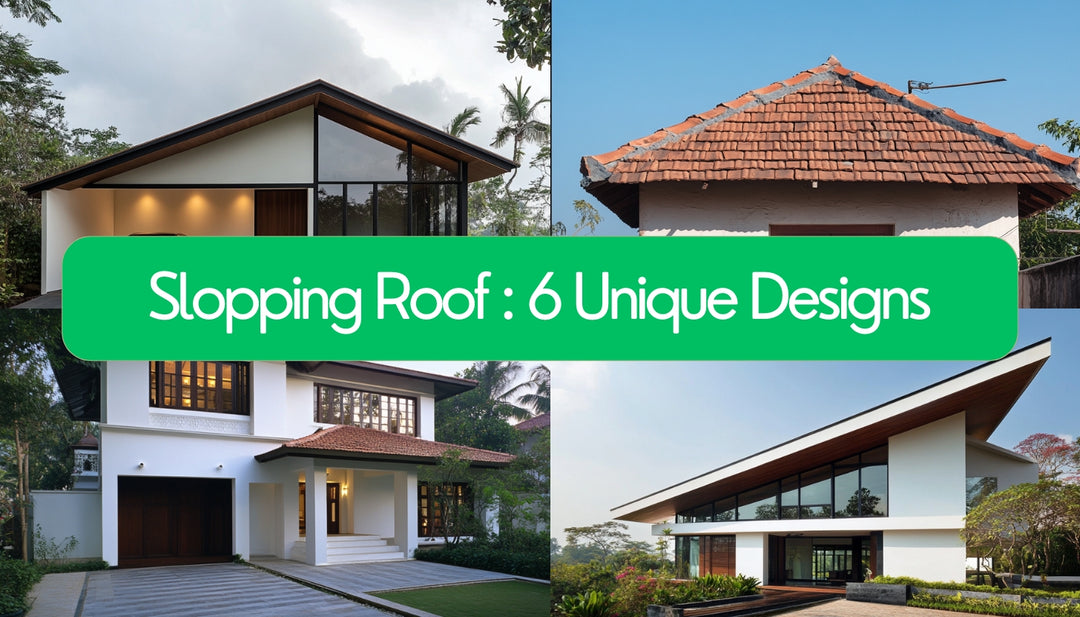
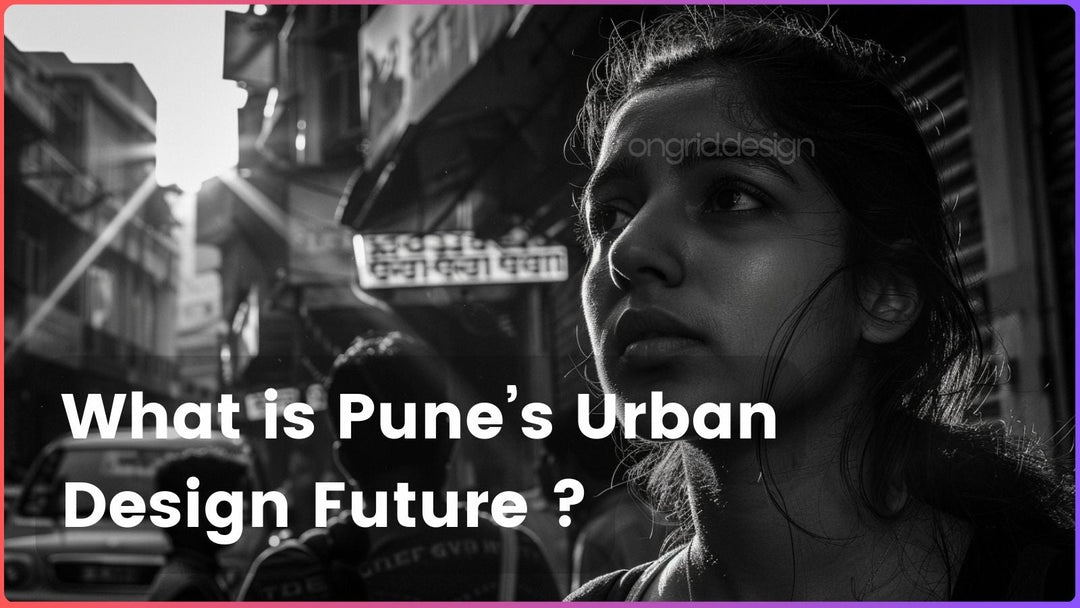
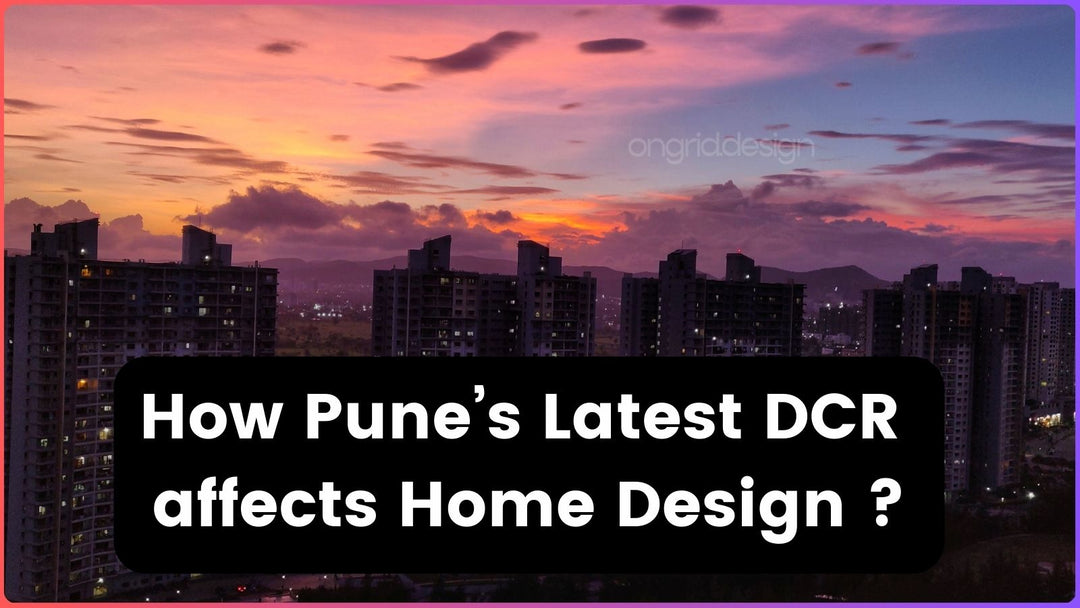
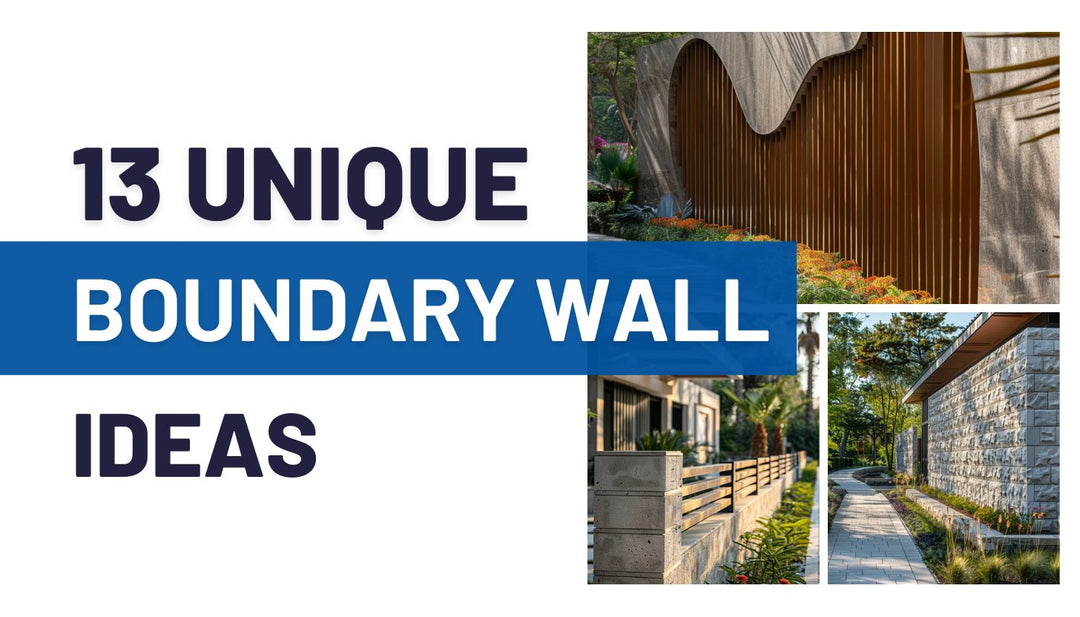
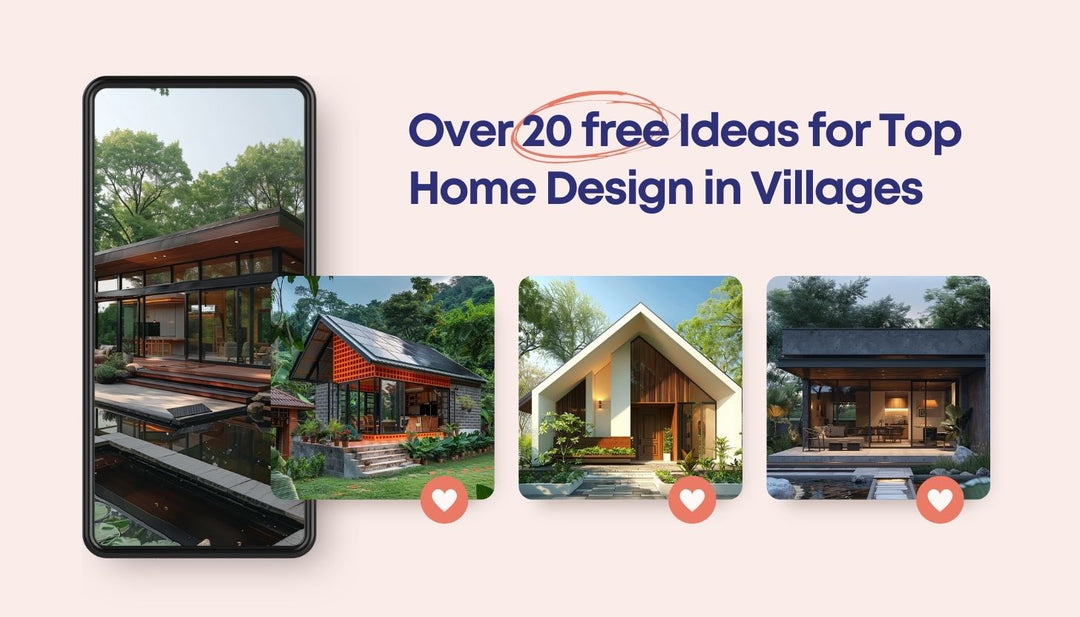

Leave a comment